Tap into Success – Zip Code Estimates for Plumbing Excellence!
- Accurancy
- Efficiency
- Transparency
- Customization
- Time Saving
- Professionalism
- Cost Control

Plumbing is a critical aspect of high-rise building construction, playing a crucial role in ensuring the efficient distribution of water and disposal of waste. Accurate cost estimation is essential for effective project planning and budgeting. In this guide, we will explore the key factors influencing plumbing costs in high-rise buildings and provide a step-by-step approach to creating a comprehensive plumbing cost estimate.
The intricacy of the building design and layout plays a pivotal role in determining plumbing costs for high-rise structures. In high-rise buildings, the plumbing systems are often extensive, with multiple floors requiring interconnected pipes to facilitate water distribution and waste disposal. The complexity of the layout directly influences the quantity of materials needed, the labor required, and the intricacy of the installation process. Consequently, a more intricate design results in higher plumbing costs due to the increased demands on materials, skilled labor, and specialized installation techniques.
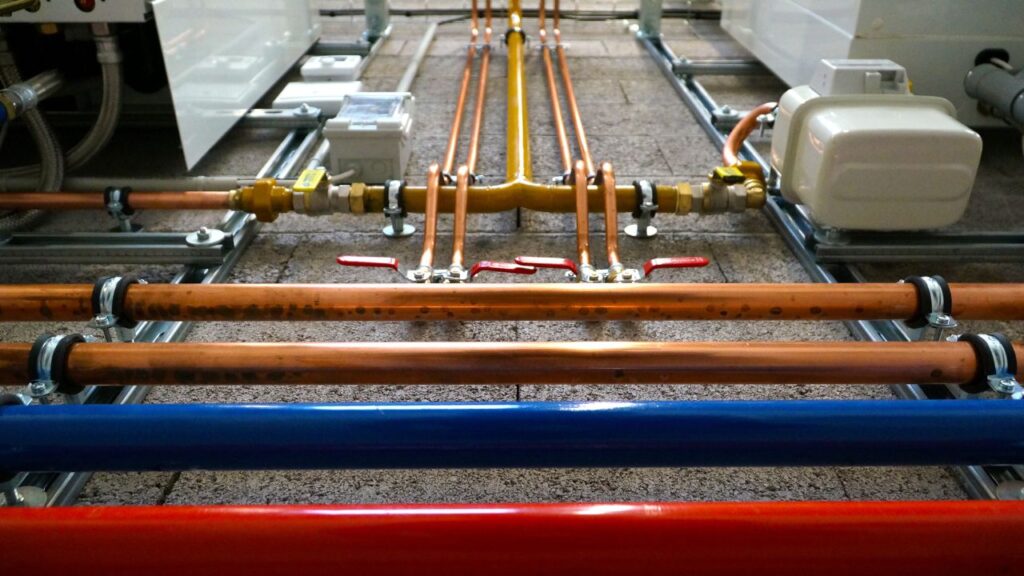
The selection of plumbing fixtures for a high-rise building involves more than just aesthetic considerations. The type and quality of fixtures chosen have a substantial impact on overall costs. Opting for high-end fixtures may incur a higher upfront cost, but their increased durability and reduced maintenance needs can translate into long-term savings. Additionally, high-quality fixtures contribute to the overall functionality and aesthetic appeal of the plumbing system, reflecting positively on the building as a whole.
The critical decisions surrounding pipe material and size significantly influence plumbing cost estimation. Different materials, such as copper, PVC, or PEX, come with varying costs, and the diameter of the pipes required for the building affects overall expenses. Considerations like corrosion resistance, longevity, and adherence to local building codes are paramount when selecting materials. Choosing the appropriate pipe size ensures optimal water flow and pressure, preventing issues such as clogs or insufficient water supply, and can impact both upfront and long-term costs.
The installation of plumbing systems in high-rise buildings requires skilled labor, and labor costs constitute a substantial portion of the overall plumbing budget. Various factors, including location, union agreements, and the expertise required, can influence labor costs. Efficient project management and coordination are essential to optimize labor expenses during installation. Proper planning, scheduling, and collaboration among construction teams contribute to a streamlined process, minimizing labor-related expenditures.
Adhering to local building codes and regulations is paramount in construction projects, particularly in high-rise buildings. Compliance involves additional costs for inspections, permits, and potential modifications to meet specific plumbing standards. Failing to account for regulatory requirements can lead to costly delays and penalties. A thorough understanding of local regulations and a proactive approach to compliance are essential components of a successful plumbing project in a high-rise setting.
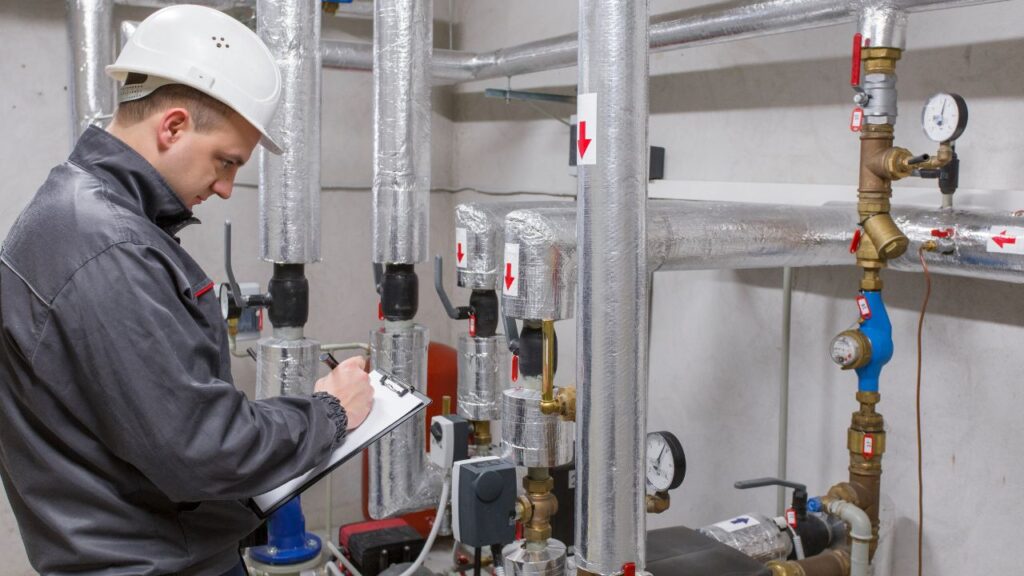
The unique challenges posed by the height and location of high-rise buildings have a direct impact on plumbing installation costs. Ensuring accessibility for the transportation of materials, equipment, and workers is crucial. Specialized equipment, such as cranes and lifts, may be necessary for installations at elevated heights, adding to the overall project expenses. Planning for these logistical challenges is vital to avoid disruptions, delays, and potential cost overruns associated with difficult access points in high-rise construction.
Estimating plumbing costs is a crucial aspect of the construction process, and its importance cannot be overstated. Here are several reasons highlighting the significance of accurate plumbing cost estimation:
Accurate plumbing cost estimation is the cornerstone of effective budgeting and financial planning in construction projects. By meticulously forecasting the costs associated with plumbing components, stakeholders can create a realistic budget that aligns with the overall financial plan. This not only fosters transparency but also allows for the strategic allocation of funds to different project aspects. A well-planned budget ensures that financial resources are used efficiently, mitigating the risk of overspending and contributing to the overall financial success of the construction endeavor.

Estimating plumbing costs is instrumental in the optimization of resource allocation. This includes materials, labor, and equipment. The ability to accurately project the resources required for the plumbing phase of construction enables a balanced and cost-effective approach. Through proper resource allocation, project managers can prevent shortages or excesses of essential resources, ensuring that the project progresses smoothly without disruptions related to insufficient materials or overstaffing.
Cost estimation goes beyond predicting straightforward expenses; it includes identifying potential risks and uncertainties inherent in the construction process. A well-prepared estimate incorporates a contingency fund, providing a financial buffer to account for unexpected events or changes in the project scope. This proactive approach to risk management minimizes the impact of unforeseen issues, enhancing the project’s resilience and ensuring that it stays on track despite potential challenges.
Accurate plumbing cost estimates contribute significantly to realistic project scheduling. Understanding the expected costs of plumbing materials and labor allows for precise planning and coordination. This, in turn, reduces the likelihood of delays attributable to budgetary constraints. A well-organized project schedule ensures that plumbing installations align with the overall construction timeline, promoting efficiency and timely project completion.
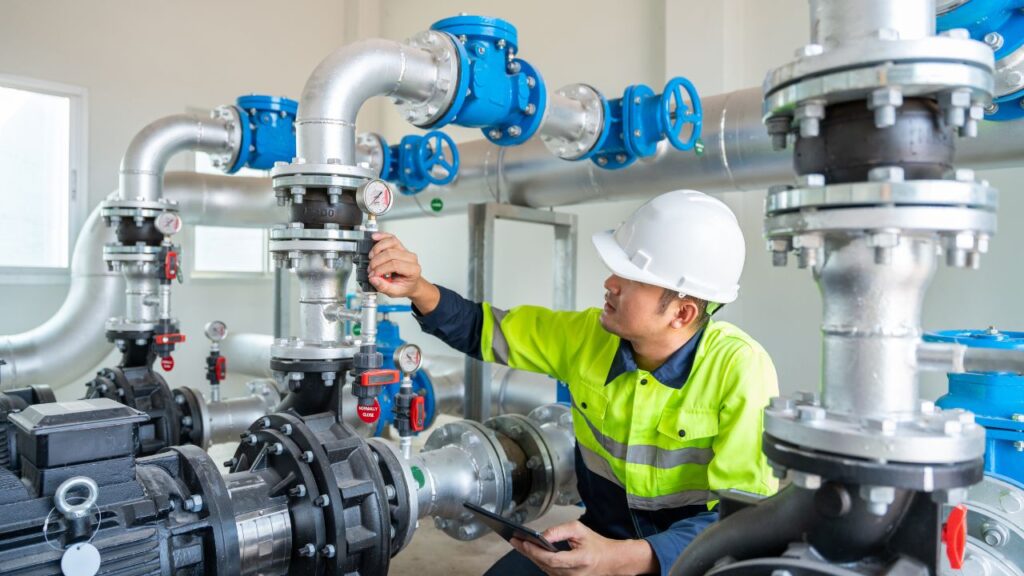
Contractors heavily rely on accurate plumbing cost estimates when preparing bids for construction projects. Realistic estimates enable competitive bidding, enhancing the contractor’s chances of securing the project. Moreover, it ensures that contractors can commit to delivering quality work within the proposed budget. Accurate estimates not only benefit contractors by winning bids but also foster trust and positive relationships with clients by demonstrating transparency and reliability in financial matters.
Estimating plumbing costs involves a careful consideration of the type and quality of materials and fixtures to be used. This commitment to quality assurance ensures that the chosen components meet required standards, contributing to the longevity and efficiency of the plumbing system. A well-thought-out cost estimate supports the selection of durable and reliable materials, ultimately enhancing the overall quality of the construction project and minimizing the risk of future maintenance issues. Quality assurance in plumbing also aligns with regulatory compliance, ensuring that the entire system meets industry standards and local building codes.
Effectively defining the project scope is a fundamental step in the plumbing cost estimation process. This involves a comprehensive identification and clarification of all aspects related to the plumbing project. Details such as the number of floors, types of fixtures to be installed, and any special requirements must be clearly articulated. Collaborating with key stakeholders, including architects, engineers, and contractors, is crucial to gather comprehensive project details. This collaborative approach ensures that all parties involved have a unified understanding of the project scope, minimizing the likelihood of misunderstandings or misinterpretations throughout the construction process.
Accurately quantifying the materials required for the plumbing system is a critical aspect of cost estimation. This involves a detailed assessment of the pipes, fittings, valves, and fixtures needed for the project. Considering potential contingencies for changes in design or unexpected issues during construction is paramount to prevent underestimating material needs. The goal is to ensure that the estimate reflects the actual material requirements, allowing for efficient procurement and minimizing the risk of project delays or additional expenses due to material shortages.
Collaboration with project managers and contractors is essential when estimating the labor required for plumbing installation. This involves a thorough evaluation of the skill level needed for laborers, considering the complexity of the project and any potential overtime or additional labor costs. Accurate labor estimation is crucial for creating a realistic budget and project schedule. It also aids in resource planning, ensuring that the right personnel are available at the right stages of the project for efficient and timely plumbing installations.
Researching and identifying all regulatory requirements and obtaining the necessary permits are critical steps in plumbing cost estimation. This includes associated costs for inspections and compliance checks. Compliance with local building codes and regulations is non-negotiable and failing to account for these requirements can lead to costly delays and penalties. A meticulous approach to regulatory compliance ensures that the plumbing installation meets all necessary standards, contributing to the overall success and legality of the construction project.
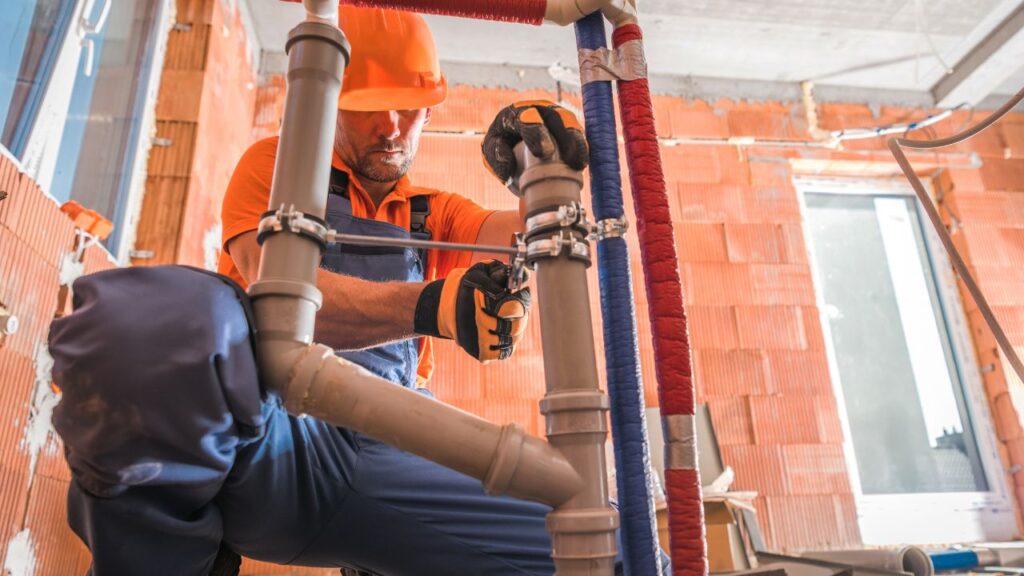
Factorizing the cost of specialized equipment and tools required for high-rise plumbing installations is vital. High-rise buildings present unique challenges, and specialized equipment such as cranes, lifts, and other machinery may be necessary for working at elevated heights. The inclusion of these costs in the estimate ensures that the project has the necessary resources to address the logistical challenges associated with high-rise construction. Proper planning for equipment needs contributes to a smoother and more efficient plumbing installation process.
Allocating a contingency budget is a prudent practice to account for unforeseen circumstances or changes in the project. Unanticipated events, design alterations, or unexpected issues during construction can impact costs. A contingency budget, usually set as a percentage of the total estimated cost, provides a financial buffer for such situations. This ensures that the project remains financially resilient and can adapt to challenges without compromising the overall success of the plumbing installation. A well-considered contingency budget contributes to financial stability and effective risk management throughout the construction process.
Our zip code estimates, tailored for both residential and commercial plumbing projects, provide the insights you need.
Accurate plumbing cost estimation is crucial for the success of high-rise building construction projects. The intricacies of building design, fixture selection, pipe materials, labor, regulatory compliance, and accessibility pose unique challenges that demand careful consideration. A step-by-step approach to cost estimation, including defining project scope, quantifying materials, estimating labor, ensuring compliance, considering equipment needs, and allocating a contingency budget, is essential.
Beyond financial considerations, accurate cost estimation influences project scheduling, bid preparation, and quality assurance. It builds trust among stakeholders and contributes to the overall success of the construction endeavor. As high-rise construction evolves, precise cost estimation remains a foundational element for achieving excellence in plumbing systems within tall structures.
Accurate cost estimation is essential for effective project planning and budgeting, ensuring efficient resource allocation, risk management, and compliance with regulations specific to high-rise buildings.
The complexity of building design influences the quantity of materials needed, labor requirements, and the intricacy of installation. More intricate designs often result in higher plumbing costs due to increased demands on resources and specialized techniques.
Fixture selection goes beyond aesthetics; it significantly impacts overall costs. High-end fixtures may have a higher upfront cost but contribute to long-term savings through increased durability and reduced maintenance, positively affecting the plumbing system’s functionality and aesthetics.
Pipe material and size choices have a significant impact on overall expenses. Different materials come with varying costs, and selecting the appropriate size ensures optimal water flow, preventing issues like clogs. Considerations include corrosion resistance, longevity, and adherence to local building codes.
Skilled labor is essential for plumbing installations in high-rise structures. Factors such as location, union agreements, and expertise influence labor costs. Efficient project management and coordination are crucial to optimize labor expenses during installation.
Adhering to local building codes involves additional costs for inspections, permits, and potential modifications to meet specific plumbing standards. Failure to consider regulatory requirements can lead to costly delays and penalties, highlighting the importance of a proactive approach to compliance.
The unique challenges of height and location in high-rise buildings impact transportation and logistics for materials, equipment, and workers. Specialized equipment such as cranes and lifts may be necessary, adding to overall project expenses. Planning for these challenges is crucial to avoid disruptions and delays.
Here I am going to share some steps to get your high-rise building plumbing cost estimate report.
You can send us your plan on info@estimatorflorida.com
Before starting your project, we send you a quote for your service. That quote will have detailed information about your project. Here you will get information about the size, difficulty, complexity and bid date when determining pricing.
Our team will takeoff and estimate your project. When we deliver you’ll receive a PDF and an Excel file of your estimate. We can also offer construction lead generation services for the jobs you’d like to pursue further.

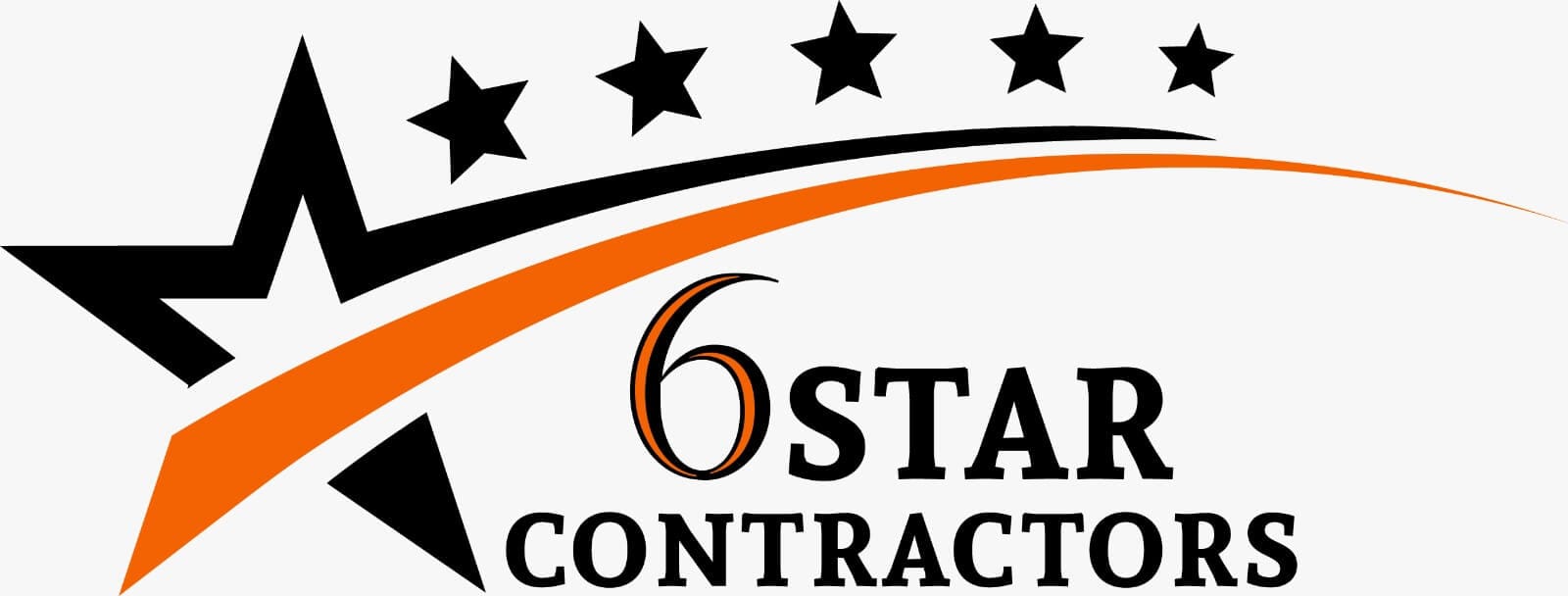

561-530-2845
info@estimatorflorida.com
Address
5245 Wiles Rd Apt 3-102 St. Pete Beach, FL 33073 United States
561-530-2845
info@estimatorflorida.com
Address
5245 Wiles Rd Apt 3-102 St. Pete Beach, FL 33073 United States
All copyright © Reserved | Designed By V Marketing Media | Disclaimer